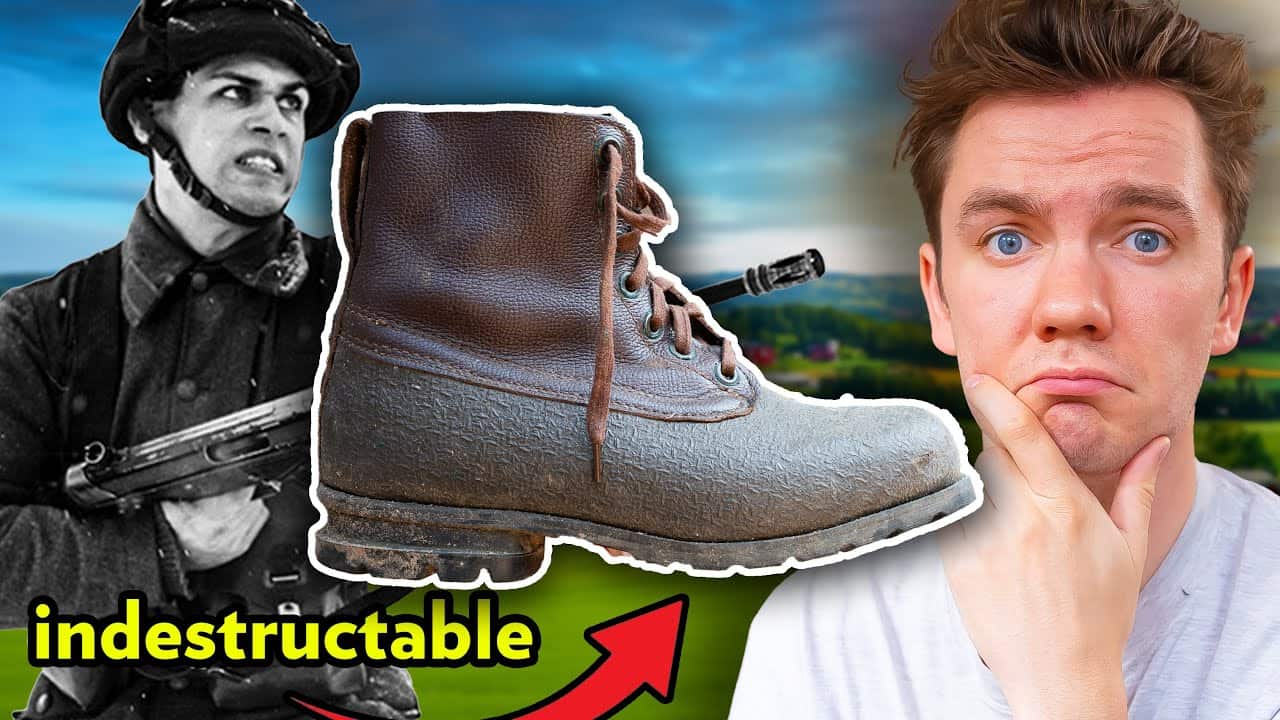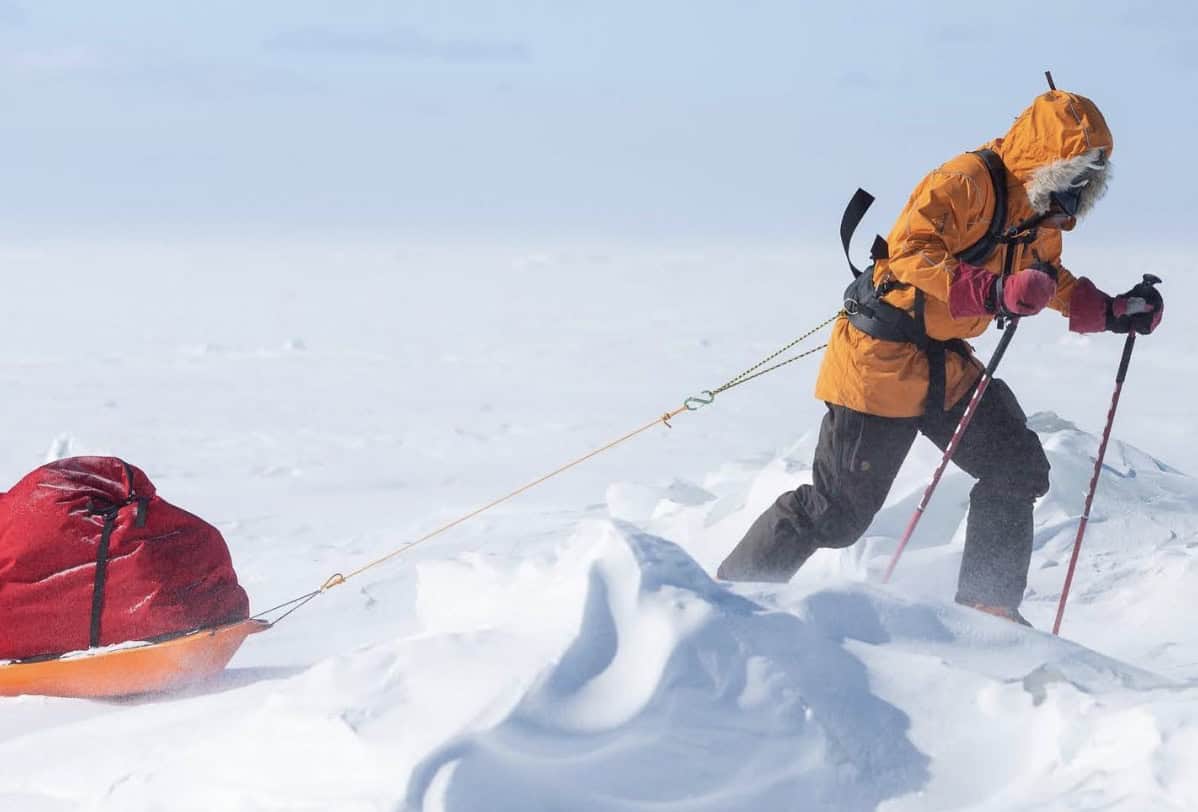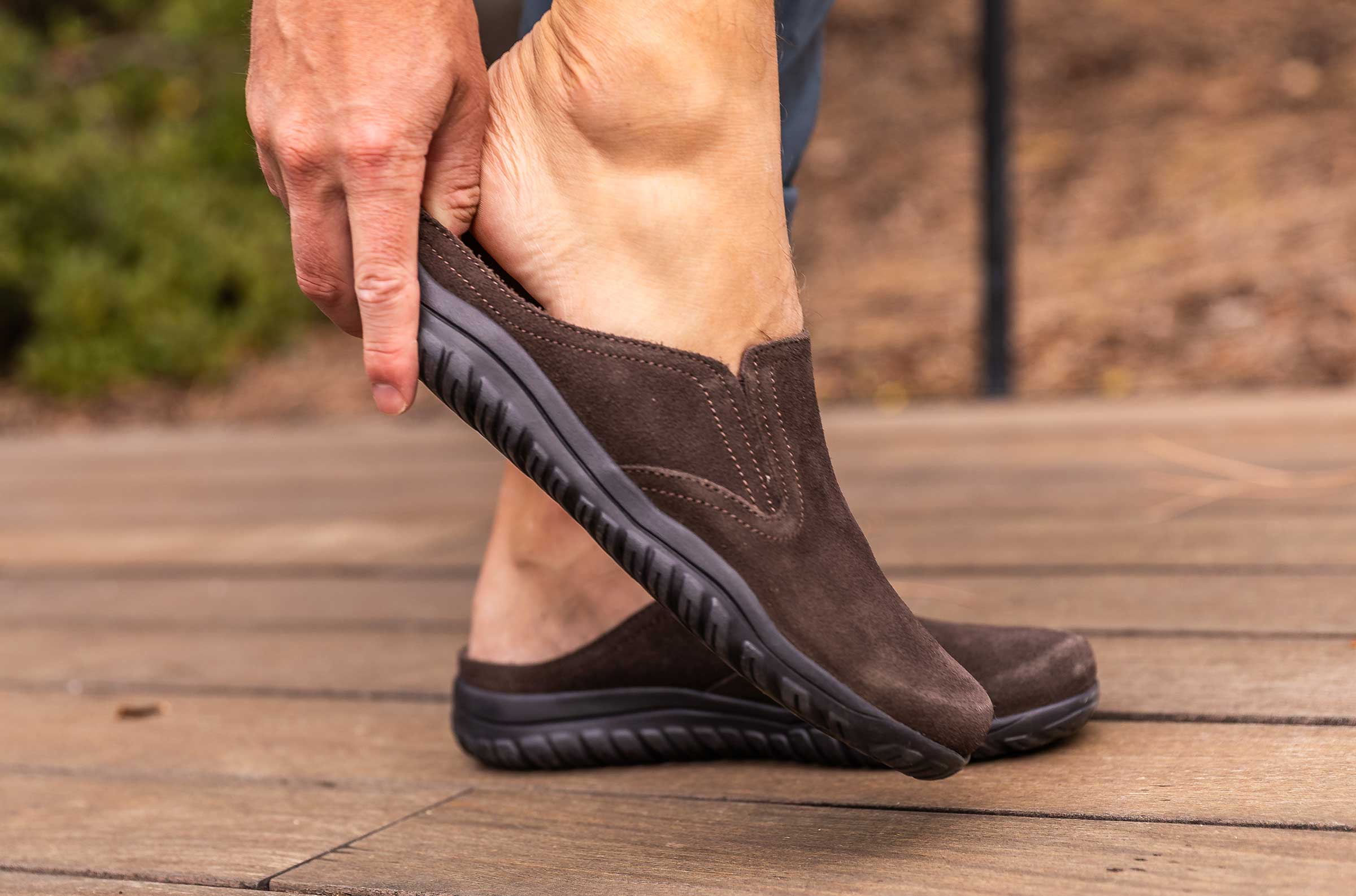17 Best Black Dress Shoes For Men in 2025
Dec 26, 2025Hidden in Plain Sight: A Swedish Military Boot Review That Reveals Military Genius
- Feb 14, 2025
- 0 Comments
246

We independently evaluate all recommended products and services. Any products or services put forward appear in no particular order. if you click on links we provide, we may receive compensation.
The Legacy of Nordic Military Skis
The boots we’re talking about today made Nordic soldiers some of the most lethal soldiers of the Second World War. In December 1939, a massive swath of 50,000 Soviet soldiers invaded Finland.
The Soviets were supposed to mow through the mere 11,000 Finns defending their land, but the Battle of Suomussalmi wouldn’t have been the most significant Finnish victory of all time if that had happened. The Battle of Suomussalmi was won by the Finns for many reasons – the most important being skis paired with boots. Since the 1200s, skis have made Nordic soldiers the gods of their land.
Meet the M59: Sweden’s Weird and Lethal Combat Boot
Let’s start this Swedish military boot review. We’re looking at the Swedish combat boots from 1969, aka the M59s – some of the weirdest, most oddly built lethal boots that have ever been made, and they don’t really get any credit, so I wanted to talk about them today. Actually, when a better boot was invented, the British were still trying to get these boots from the Swedes because the new fancy boot was actually forcing soldiers to cut their feet off.
There’s not an insane amount of knowledge available for these boots like there is for US boots or British boots and stuff like that, but I did dig up a lot. However, there’s a little bit of stuff you won’t know unless you cut the boots open, and I am 99% sure that I recruited the help of the master cutter boot opener.
Breaking Down the Swedish Boot Collection
Okay, so what we’re looking at is Sweden’s spring/fall 1969 boot collection. There is also their winter collection and their summer collection, and mine, as I said, was made in 1969 in Värnamo, Sweden.
Starting off with the most boring boots in the Swedish collection is their summer boot line. These are boring because they’re just regular boots. The really interesting thing is that these are stitched-down construction, so the vamp of these boots layers out and then is stitched down. That’s called stitch-down construction – it has a whole host of benefits: very water-resistant, very tough boots.
You know, to be honest, I kind of didn’t think I would like these boots at all. I thought I would hate them; they’d be old and stiff and gross, but walking on rough terrain and then walking on grass and everything, they feel great, very broken in, and not too stiff. I’m wearing two pairs of socks, so that could help, but size down one if you’re gonna wear one pair of socks, but you should probably always wear two socks.
Let’s talk about the coolest boots of all time. They are the M59 winter boots, which are amazing. They’re beautiful – I think they’re some of the coolest boots ever. I don’t know how these haven’t caught on yet, but the construction is similar to putting the boots together but not how they’re made.
From my observations and what I can tell, we have an insulated booty, and then we stitch leather around the booty, and then we take the bottom vamp leather that we added on the booty, and we flare it out, and we stitch it down, and it’s very toe-boxy and beautiful and stuff. But this is very important – there is a leather sole.
This is the only model that has a leather sole, which you may be thinking is very weird for winter when there’s snow and ice and everything. It’s actually not weird at all, and it’s classic military boot-making from way back when – strategic materials for strategic time.
Let’s Talk About Water and Boot Design
Water: sometimes, when you drink it, it’s really good for you. Other times, it could kill you. What the heck, I know, right? All boots in the M59 uniform had to strike a balance between the climate in which they were going to be worn and the materials that they were made out of.
So if we’re looking at summer boots, for example, typically, we’re going to be kind of in the mud, if anything, nothing crazy. When we move to fall and spring, it’s going to be wetter, so the chances of water being higher or up to our ankles are much higher, so it’s much more important that we have something that keeps the water out to that level.
And then when we go to winter, usually everything is frozen, and in Sweden, apparently, it’s a very dry cold, so a leather bottom is actually preferred. And if you’re walking on ice, you’re walking on snow, you’re putting on skis, you’re putting on creepers to help you walk on the ice, so you have that covered, but you don’t need a rubber sole.
Leather is the coolest that you can get for when it’s really, really hot. Rubber obviously doesn’t breathe as well, but you need your feet to stay dry. Winter is dry outside, but your feet need to stay warm, so we add an extra level of insulation with that booty.
These boots, like I said, were on the precipice of revolution in terms of boot functioning, but the actual revolution – very brand new boots hurt a lot of soldiers.
Swedish Military Boot Comparison
| Boot Model | Key Features | Season | Construction | Benefits |
|---|---|---|---|---|
| M59 Summer Boots | Stitched-down construction, durable vamp | Summer | Vamp layers out and stitched down | Water-resistant, tough, broken-in comfort |
| M59 Winter Boots | Leather sole, insulated inner layer | Winter | Leather sole stitched to insulated booty | Warmth in dry cold, suitable for snow and ice |
| M59 Spring/Fall Boots | Rubber vamp, water-resistant | Spring/Fall | Rubber vamp stitched with leather upper | Keeps water out, durable for wet conditions |
| Ski-Compatible Boots | Square shape, waterproof construction | Winter | Rubber mold with leather upper | Easily snaps into skis, waterproof for snowy terrain |
Boot Construction Theory Time
This wouldn’t be an Iron Snail Swedish military boot review if we didn’t get super technical. Obviously, there’s a chance Rose Anvil is just going to slice these boots in half and tell you exactly how they’re made, but here is my theory. I want to see if I’m correct, and if I’m wrong, it’ll be very embarrassing. So let’s start off at the rubber plastic vamp thing and then go from there.
Picture a plasticky rubber sock, like an ankle sock, not a sock that goes very high – that is the base of these boots. The easy part is we just stitch all of the leather bits on, so I think the quarters and the upper part just stitch into this material. My reasoning for that is because if we look on the back tab, which, by the way, has a little hole, which I believe is so that way you could put gaiters on, you’ll see it appears to go under the heel of the boot.
Okay, but here is the flaw – if these boots are made how I think they’re made, if you’re familiar with L.L. Bean boots, these are not made the same way. The bottom of L.L. Bean boots is just one piece of rubber, so when you step in the water, water is not really going to get through the rubber unless magic happens, but I don’t think these are made like that.
I think there’s stitching in a very interesting way that is reminiscent of true moccasin construction from the last article. What I think is going on is we have the plastic booty, we put a leather insole there, and then we stitch through the plastic booty and the insole – and you can see the stitches on the inside – into a rubber midsole that goes on the outside of the boot, and we stitch all of that together, and that is the boot. But we don’t have a heel or an outsole yet.
This is the part that I’m unsure about because these boots are from 1969, so I would kind of think that the rubber wouldn’t hold as long. What makes the most sense is that it’s cemented on, glued on, whatever on, but it just seems like a really long time for that to last.
But the heel part, I do know – so the heel, simply enough, is just nailed onto the boot, so you could see it coming through on the inside of the boot, and you can see the nails on the outside. Easy peasy – you can just clunk a heel off, clunk another one on, you could rip the outsole off, toss another one on however they adhere it to the midsole, and you’re good to go.
The Waterproof Test and Military History
Waterproof test time. All right, well, I’m rather amazed. I stood in the water for two minutes and 15 seconds above the plastic vamp line, and my feet were still dry.
These boots made the Swedes so lethal because, like I said in the beginning, these are just a modified last of ski boots. These are the same foot pattern, the same shape as those because the main advantage that Swedes had, and what was very important when you’re going through the mountains and stuff, is to be able to easily and quickly snap your feet into skis so that way you can just get where you need to go in times of war.
Okay, now here’s the rub – if you’re Swedish, obviously, you may recognize these boots, but also, if you’re British and you fought in the Falklands War, you may be thinking, “I’ve worn those boots during the war.”
Now, there’s unconfirmed lore that these boots, the very ones that I’m wearing right now, possibly the winter ones, were used heavily during the Falklands War because the British DMS boot, which was introduced in 1958 and used very heavily in the Falklands War, was faulty. That was not lore. That was true – people hated the original DMS boot.
These were revolutionary because since we’re not stitching through anything anymore, we have a mold that essentially schlops the bottom part of the boot onto the upper part of the boot. These boots could be made for a lot cheaper, and they are virtually waterproof.
The only thing that, during the Falklands War, wasn’t accounted for was that these boots were going to be so waterproof that soldier’s feet could also not breathe, and a lot of soldiers didn’t wear these special nylon socks that you were supposed to wear with the boots, and what happened was the rubber inside of the boot basically trapped all of the sweat and moisture in the cold while they were fighting and soldiers got trench foot.
So the lore goes that these Swedish boots were worn very heavily during the Falklands War because they were all around better and didn’t give soldiers trench foot. Honestly, it’s not a review of these boots; it’s more fun facts about them, but I’m thoroughly impressed.
I did not think these were going to be that water resistant, not because they’re old or anything like that, just because of the way that they were constructed. I didn’t think they’d be this good.
Watch This Review
Final Thoughts and Recommendations
If you were like, “I kind of like these boots, should I get them for hiking?” I’d probably say no. There are better, more supportive things for hiking, but if you like these boots for a rainy day or something, they’re cool, they’re unique, and they’re like 20 bucks (you can’t get them new anymore), so I’d actually highly recommend them. And they made Swedish soldiers especially lethal, so that could be cool.
That’s about it for my Swedish military boot review. I will see you all next week. Thank you for reading. I hope you’re having a lovely day and you’re staying safe.
This article was adapted from Michael Kristy’s video on The Iron Snail, with edits from FashionBeans, and was reviewed by Michael to ensure the integrity of his original content. Watch the full video here.
The Iron Snail is a men’s fashion vlog (and now article series!) starring a young man named Michael and featuring a snail no bigger than a quarter. The two are set on taking over the world of fashion by creating a clothing line to end all clothing lines. Until then, we’re here to tell you EVERYTHING you need to know about the best clothing out there, from the highest quality raw denim jeans to the warmest jackets to the sturdiest boots…the Iron Snail has got you covered.
Publisher: Source link







